Information/Write-up
Hammersmith was the final evolution of a long-running string of Calgary rock bands that began with Shades of Blond and morphed into 49th Parallel, Painter, and finally Hammersmith. Their sound carried forward the hard-driving melodic rock that defined their earlier incarnations, but with an increasingly heavier edge that fit them comfortably alongside other Canadian rock contemporaries like BTO and Trooper.
The roots trace back to 49th Parallel, a 1967 Calgary group who found modest chart success with singles like Twilight Woman before shifting their lineup and sound to form Painter in the early 1970s. Guitarist-producer Dan Lowe, bassist-keyboardist Royden Morice, drummer Bob "Herb" Ego, and lead vocalist Doran Beattie relocated to Seattle where they were signed to Elektra Records. The band’s 1973 self-titled Painter LP, powered by the hit West Coast Woman, earned them U.S. radio play and an extensive North American tour opening for major acts like Jethro Tull, Kiss, and Steely Dan. Painter's powerful rhythm section, Lowe's heavy guitar tone, and Beattie’s commanding vocals defined their signature sound.
By 1974, management changes and lineup shifts brought them back to Canada. With Bruce Allen (BTO’s manager) taking the helm, Lowe, Beattie, and Morice rebranded the group as Hammersmith, signing to Mercury Records. The lineup now included guitarist Jeff Boyne and drummer Jim Llewellyn. Their 1975 debut album Hammersmith featured the singles Late Night Lovin’ Man and Funky As She Goes, showcasing their blend of heavy riffs and melodic hooks. The album saw them tour extensively, including opening stints with Rod Stewart & The Faces, Kansas, Spirit, and multiple dates with Jethro Tull — with whom the band developed a close bond.
Throughout 1976, more personnel changes followed, including the addition of guitarist Craig Blair and drummer Dale Buchner. They returned to the studio for their second LP It’s For You, recorded at Sundown Recorders in Edmonton with producer Jim Gaines (who had worked with them since their Painter days). The album produced the single Dancin’ Fools, but sales failed to meet expectations and Mercury dropped the band in 1977.
Following Hammersmith’s dissolution, Lowe and Morice launched 451 Degrees, while Beattie transitioned into session work and later achieved success as a country artist. Lowe went on to invent the innovative QSound 3D audio process used by global artists like Madonna, Pink Floyd, and Sting. Several former members also contributed to notable Canadian acts: Bob Ego joined Streetheart, while Jeff Boyne and Jim Llewellyn returned to Calgary’s local scene.
Though Hammersmith’s recording career was brief, they left behind a legacy of highly polished, muscular Canadian rock that bridged the 1970s prairie hard rock scene with the emerging international success of Canadian acts during that period. Both of their albums remain cult classics, capturing the peak of mid-70s Canadian arena rock energy.
-Robert Williston
Dan Lowe: lead guitar
Doran Beattie: lead vocals
Royden Morice: bass guitar, keyboards, synthesizer, vocals
Jeff Doyne: rhythm guitar, vocals
James Llewellyn: drums
Produced by Dan Lowe
Engineered by Jim Gaines, Rod Durette, Dan Lowe
Engineering assisted by Ted Friend, Ron Grange, Wm Kurtz, Peter Bentley
Mix technical advisor: Dick Maltby
Mixed in England by Jim Gaines and Dan Lowe
Recorded at Sounds West Studios, Calgary, Alberta and Timbre Sound, Vancouver, British Columbia
Special Thanks:
Bruce Allen, Charlie Foth, Irwin Steinberg, Randy Bachman, Jim Gaines, Jim Hettinger,
Peter Bentley, Bill Snow, Ray Metheiviers, Graham Maywalt, Mountain Music, Gord Wilson, and many others.
Cover sculpture: Paris Saliqulagh
Photography by David Deahl
Back photos by Rhea Skeyacs
Design by Joe Kotleba
Management: Bruce Allen, Vancouver, B.C.
Sound and road management: Lansing Mauer
Road crew: Dean Dixon, Grant Lowe
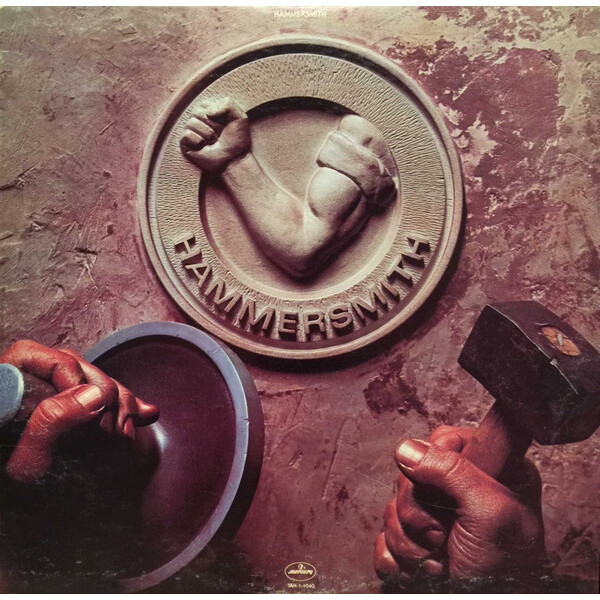
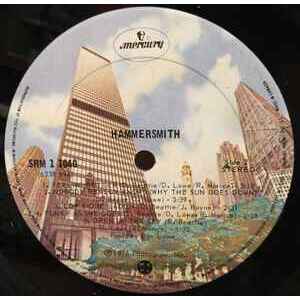
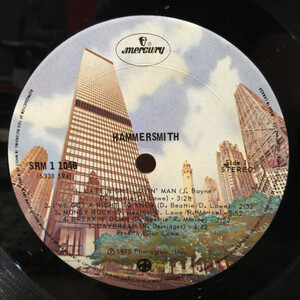
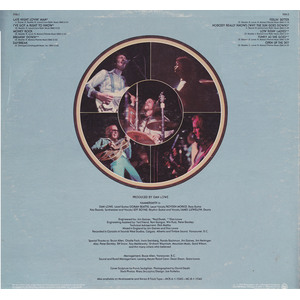
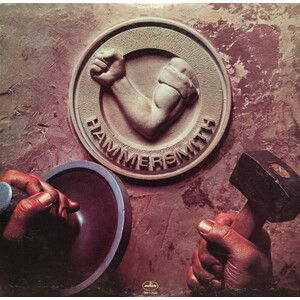
No Comments